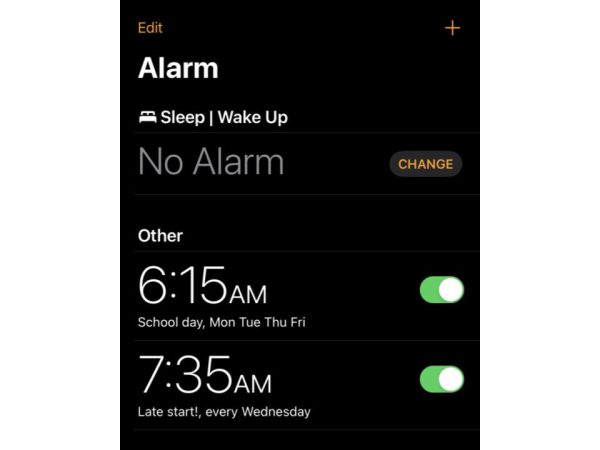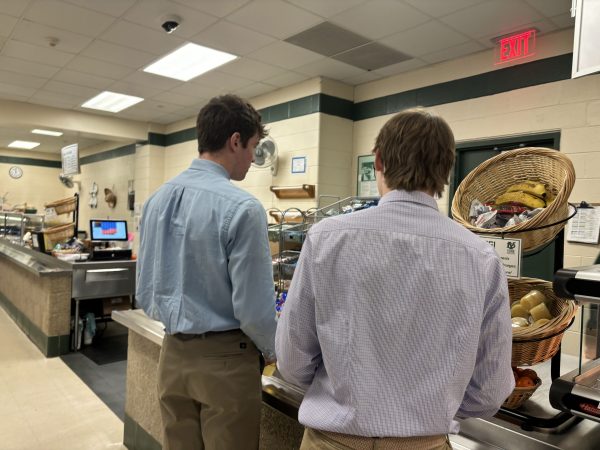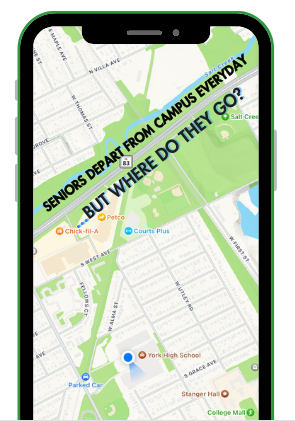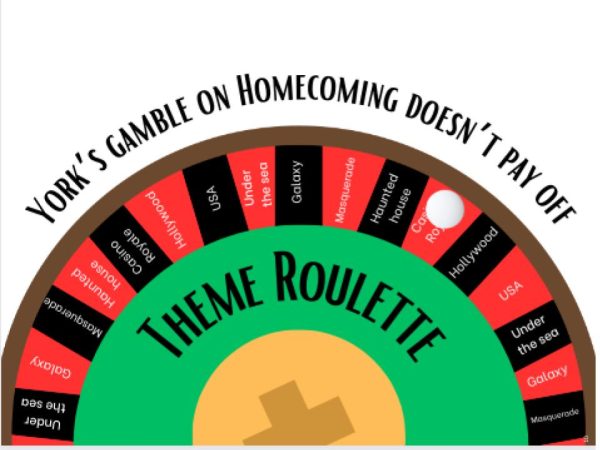Senior year overwhelm strikes again, worse than ever before
Senior year, college applications, letters of recommendation, filing the FAFSA, work overload, maintaining grades, scholarship hunt, wondering if it’s all even going to be worth it. Your fourth year in high school can be a whirlwind of varying time-consumers flying over your head, trying to engulf you into its unforgiving coils of procrastination and apathy. Sadly, the vortex seems to have an upper hand over the class of 2017…
“I’ve seen a big increase in this class not understanding the importance of deadlines,” said Mrs. Thompson, College and Career Counselor, in an email to the senior class.
From the counselors comes a report of more last-minute transcript and test score requests, from the College and Career Resource Center we receive a notification that only 85 students had applied to the University of Illinois with mere days remaining before the early action deadline.
“I’d say I haven’t seen as large a group as this before,” Mrs. Thompson said. “There seems to be a higher percentage of procrastinators than usual while typically it’s mainly general confusion.”
Whether or not this struggle to meet deadlines is becoming a trend is uncertain. Mrs. Thompson, of course, is hopeful that it will not slope off into a trend, adding that each class has its own chemistry and that perhaps the chemistry of the class of 2017 is more relaxed in terms of adhering to time frames. But in the midst of this cloak of hopefulness, Mrs. Dollaske, counselor, has a more pessimistic view.
“I believe college deadline procrastination very well could become a trend, it already seems to be one,” Mrs. Dollaske said. “I applied to college on paper, there was no internet application. I had to pencil in little boxes similar to a scantron and type my essays out on a typewriter. We had a physical copy of everything and it was easy to keep track of it all. Nowadays everything is done on the internet, you have no tangible objects in front of you; it’s a lot harder to keep track of what needs to be done.”
Paper applications actually aren’t that much of an antique, colleges and universities lacked internet connection to regional networks until the NSFN (National Science Foundation Network) worked towards connecting them in 1986, and didn’t have online applications until years afterwards. The Common Application started in 1975 and eventually moved its application onto the internet as universities started doing likewise. Not every college uses Common App though, roughly 700 higher education institutions do, so it’s not exactly the “Common” Application it was intended to be. Basically every accredited college still has an online application of its own. And on top of that now we have the new Coalition Application which started in September of 2015 and has garnered 49 member schools in the last year, and the Universal College Application which has been around nine times as long as the Coalition App and has 3 less member schools. In other words, it’s a confusing mess that is bound to grow even more perplexing as the Coalition Application continues to gain ground.
If you take this into consideration alone, the graduating class isn’t completely responsible for their growing apathy towards the college application process. However, another growing trend amongst students seems to be fanning the flames.
“Besides the overwhelming amount of work and the fact that it’s all on the internet, it seems that students are doing it for more schools,” Mrs. Dollaske said. “I had one student a few years ago who applied to 30 colleges, for example. I’m not saying that everyone is applying to that many, but the average number of applications per student has definitely started climbing.”
The Common Application recommends that students apply to no more than 8 colleges, both Mrs. Thompson and Mrs. Dollaske suggest somewhere between 4 and 7 or 8. Applying to so many extra schools simply consumes one’s time, and it is ultimately pointless as they can only attend one of the many they apply to. It throws a whole nother level of work into the schedule too, the busy senior schedule already consumed by homework and clubs and work and sports and maintaining a social life.
“This isn’t senioritis,” Mrs. Thompson said. “Senioritis is when you lose motivation at the end of the year. This is an inordinate amount of work being thrown at a student in a manner that they aren’t familiar to respond to, leading the student into apathy and procrastination. I’d like to call this… ‘The Overwhelm.’”












